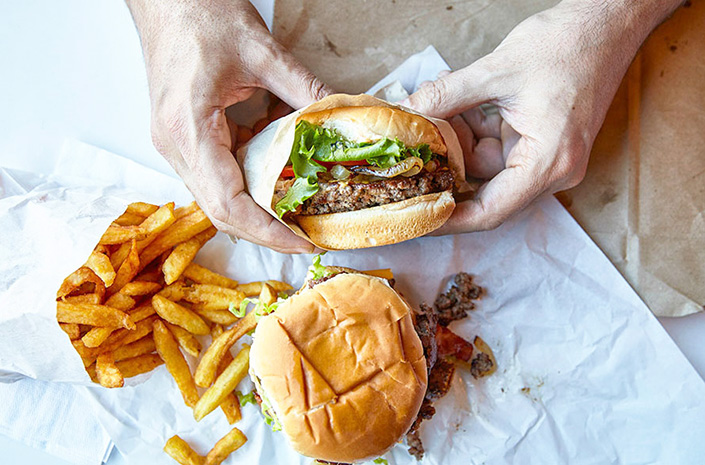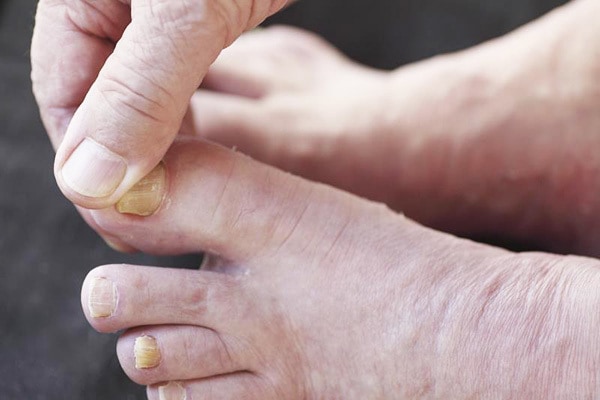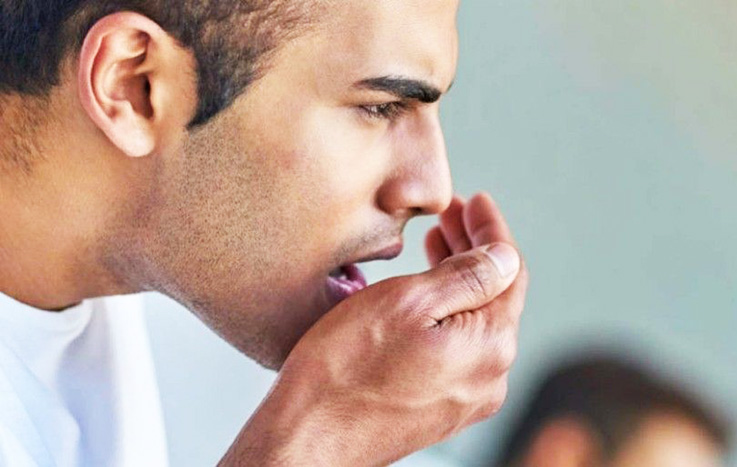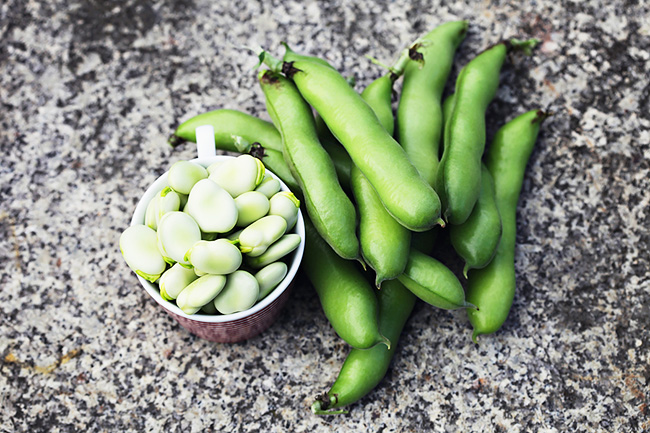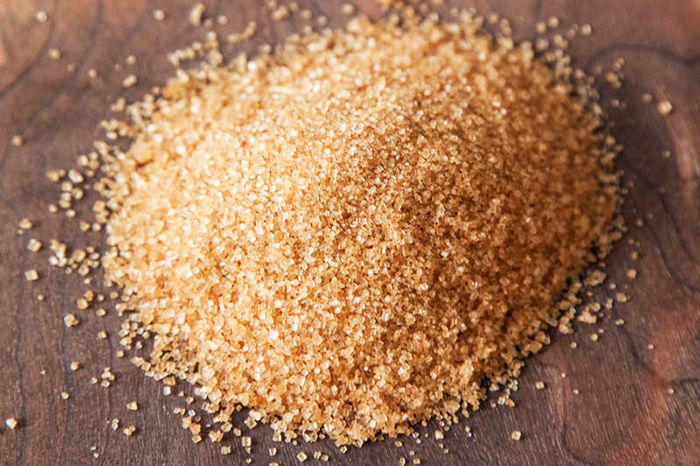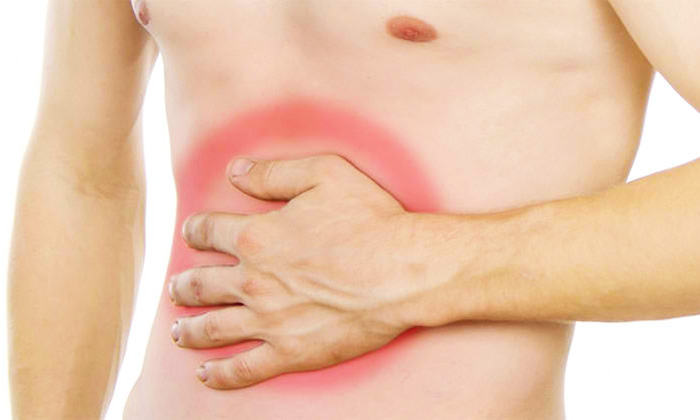Paronychia is a nail disease. It is usually bacteria or fungal in nature and it involves the nails of the hand or foot where the nail and the skin cross at the or the base of the fingernail or toenail.
Causes and Epidemiology
Paronychia can be acute or chronic. According to Health Line, acute paronychia always affects the fingernails and it develops fast. As per the publication, it is usually caused by the bacteria called Staphylococcus, which is usually due skin damage around the nails secondary to physical trauma like hangnails, manicures, and biting.
On the other hand, chronic paronychia has a gradual development. As per the publication, the duration is several weeks, not to mention that it usually recurs. Often caused by Candida yeast or bacteria, chronic fingernail infection is more usual in people who are always exposed to a damp environment, a place that favors microbial growth.
Signs and Symptoms
Paronychia presents signs and symptoms, based on the duration of the disease. For acute paronychia, according to American Family Physician, the clinical appearance includes red, hot, and tender nail folds, either with or without abscess. On the other hand, chronic paronychia presents red, tender, swollen, and boggy nail fold. As per the publication, the latter symptoms are rare. Along with the aforementioned signs and symptoms, a person with paronychia may also have pus-filled blisters, changes in nail color, texture, or shape, or even experience nail detachment from the nail bed.
Home Remedies
Treatment may involve medications; however, home remedies are also available to manage the condition. According to Web MD, two actions a person should do include nail protection and pain and swelling reduction. As per the publication, the nail is protected by not removing any part of the nail. To add, an artificial nail is removed is it is on an infected finger. Also, keeping the affected area dry assists in healing since moisture promotes the growth or microorganisms. Moisture can also prevented through applying barrier creams and wearing gloves when working in water or chemicals.
In terms of pain and swelling reduction, the person may soak the affected hand or foot in warm water twice or thrice daily. This is in addition to the application of an over-the-counter antibiotic ointment and bandage. According to Live Strong, soaking also aids in healing, in addition to the reduction of pain and swelling. However, it is advised to contact the health care provider if the pain and swelling worsen, a pus begins to drain, or when the condition is followed by a fever, as per the publication
As per EMedicine Health, medical consult is necessary if the redness stretches beyond the skin around the nail or the finger pad. According to the publication, this indicates the start of a more serious finger infection, which involves pus formation in the deep tissues of the fingertip. This condition is called felon and it requires medical attention. If an abscess is found upon physical assessment of the finger or toe, the doctor may require it to be drained. It is done surgically so incising an abscess to drain the pus should not be performed at home.
The above home remedies help in the management of paronychia; nonetheless, prevention is better than cure. This means, the person should practice proper handwashing, as it stands as the universal prevention for infection.
Paronychia is less sever compared to other medical conditions like asthma and heart disease. However, it is still a disorder that needs proper assessment, treatment, and evaluation.
Source: livestrong.com
